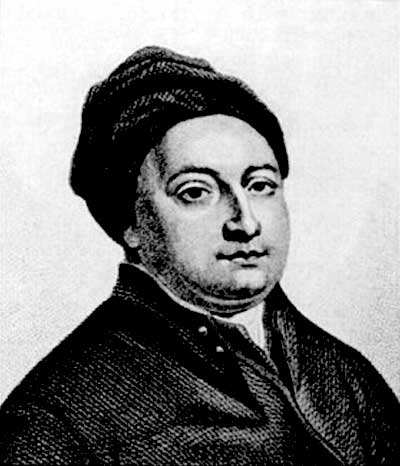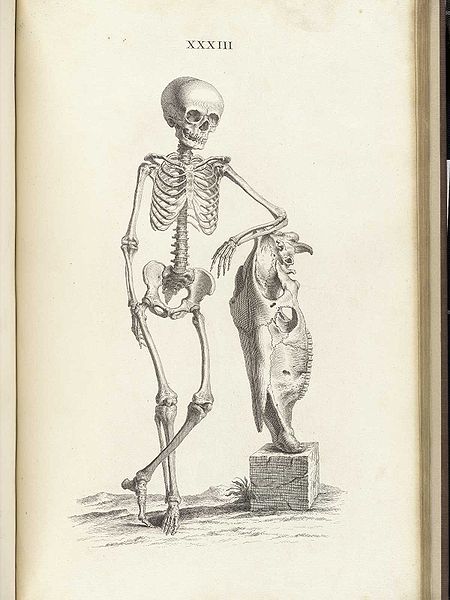<Back to Index>
- Surgeon William Cheselden, 1688
- Writer James Henry Leigh Hunt, 1784
- Dictator of Nigeria Yakubu "Jack" Dan-Yumma Gowon, 1934
PAGE SPONSOR


William Cheselden (October 19, 1688 – April 10, 1752) was an English surgeon and teacher of anatomy and surgery, who was influential in establishing surgery as a scientific medical profession.
Cheselden was born at Somerby, Leicestershire. He studied anatomy in London under William Cowper (1666 - 1709), and began lecturing anatomy in 1710. In 1713 he published his Anatomy of the Human Body, which achieved great popularity and went through thirteen editions, mainly because it was written in English instead of Latin as was customary. In 1718 he was appointed an assistant surgeon at St Thomas' Hospital (London), becoming full surgeon in the following year, and he was also chosen one of the surgeons to St George's Hospital on its foundation in 1733. In 1710 he was admitted to the London Company of Barber - Surgeons and he was elected as a Fellow of the Royal Society in 1712.
In 1733 he published Osteographia or the Anatomy of Bones, the first full and accurate description of the anatomy of the human skeletal system.
Cheselden retired from St Thomas' in 1738 and moved to the Chelsea Hospital. His abode is listed as "Chelsea College" on the 1739 Royal Charter for the Foundling Hospital, a charity for which he was a founding governor. In 1744 he was elected to the position of Warden of the Company of Barber - Surgeons, and had a role in the separation of the surgeons from the barbers and to the creation of the independent Company of Surgeons in 1745, an organisation that would become later the famous Royal College of Surgeons of England.
He died at Bath in 1752. Cheselden is credited with performing the first known case of full recovery from blindness in 1728, of a blind 13 year old boy. Cheselden presented the celebrated case of a the boy of thirteen who gained his
sight after removal of the lenses rendered opaque by cataract from
birth. Despite his youth, the boy encountered profound difficulties
with the simplest visual perceptions. Described by Cheselden: When
he first saw, he was so far from making any judgment of distances, that
he thought all object whatever touched his eyes (as he expressed it) as
what he felt did his skin, and thought no object so agreeable as those
which were smooth and regular, though he could form no judgment of
their shape, or guess what it was in any object that was pleasing to
him: he knew not the shape of anything, nor any one thing from another,
however different in shape or magnitude; but upon being told what
things were, whose form he knew before from feeling, he would carefully
observe, that he might know them again; Cheselden is famous for the invention of the lateral lithotomy approach to removing bladder stones, which he first performed in 1727. The procedure had a short duration (minutes instead of hours) and a low mortality rate (approximately 50%). Cheselden had already developed in 1723 the suprapubic approach, which he published in A Treatise on the High Operation for the Stone. He also effected a great advance in ophthalmic surgery by his operation, iridectomy, described in 1728, to treat certain forms of blindness by producing an artificial pupil. Cheselden also described the role of saliva in digestion. He attended Sir Isaac Newton in his last illness and was an intimate friend of Alexander Pope and of Sir Hans Sloane.